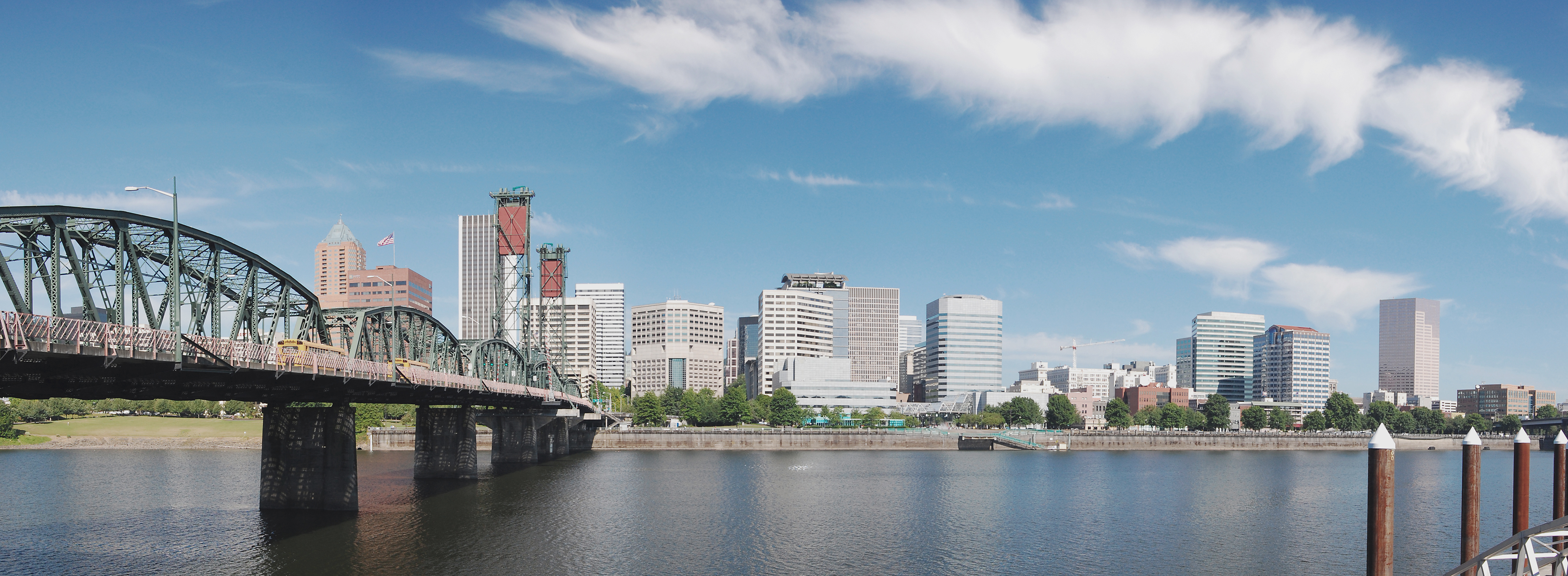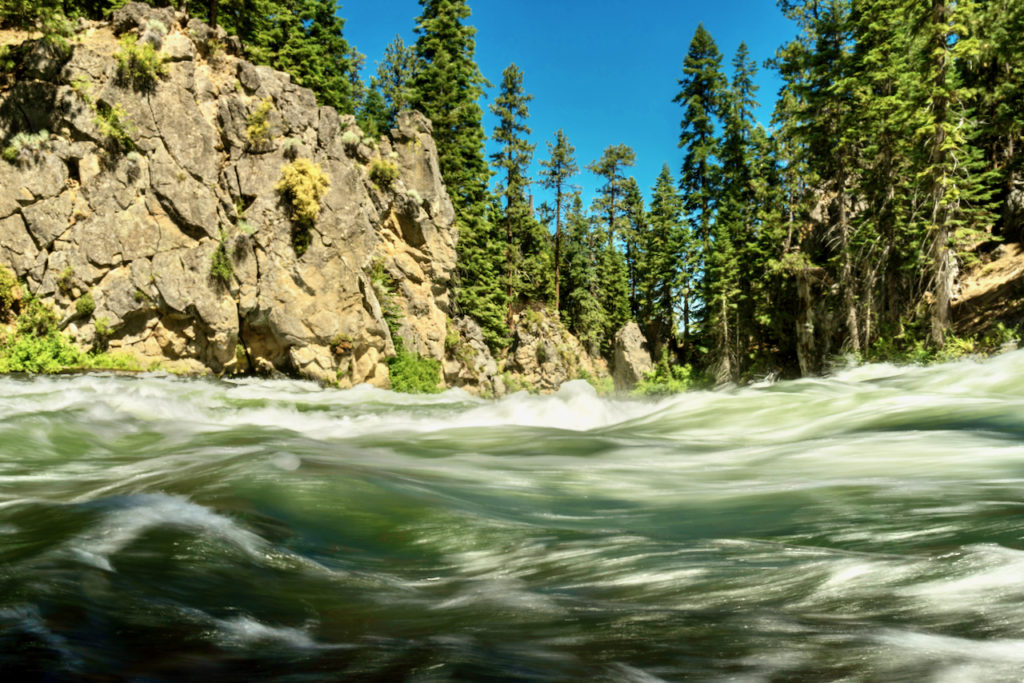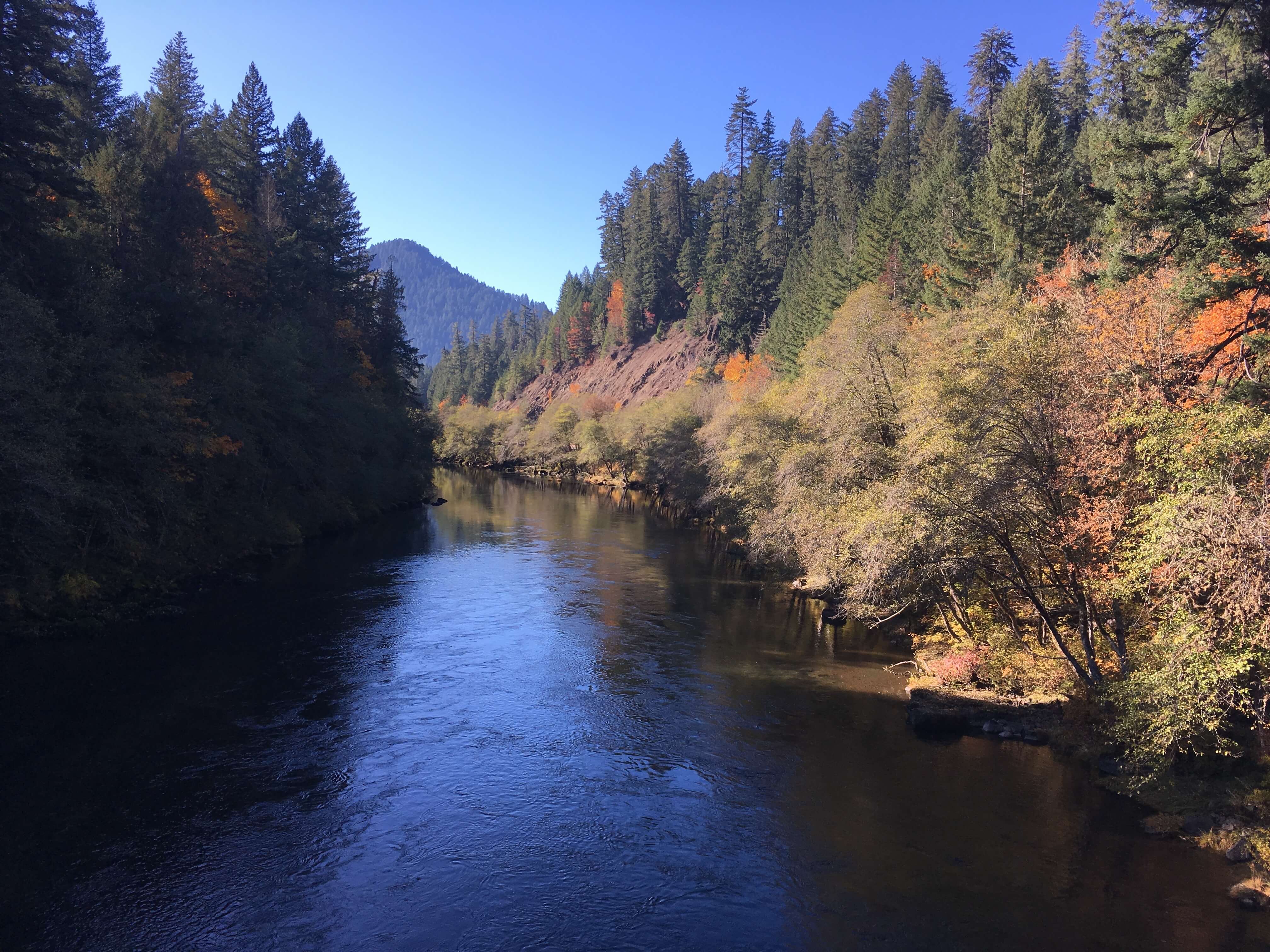Growth and Climate Change
WaterWatch works to minimize the impacts of growth and climate change on Oregon’s rivers by promoting water conservation, improving water management, and verifying claims to support new water storage projects and increased water use.
According to census data, several areas in Oregon are among the fastest-growing regions in the nation. Water developers are relying on growth to justify:
- Demands for more water from our rivers and aquifers.
- New water storage projects across Oregon.
- Elimination of existing fish protection and instream flow standards.
- Large investments of public funds in projects that benefit small numbers of people.
- Greater municipal and private control of the public’s waters.


The impacts of climate change are only adding to the “arms race” mentality surrounding new water storage proposals.
While there are local instances where growth and new water demands are linked, no immutable relationship exists between growth and increased demand for water. On the contrary, growth can actually contribute to reduced water demand provided aggressive water conservation measures accompany population growth.
To minimize the impacts of growth and climate change on our rivers, WaterWatch:
- Promotes water conservation as an untapped source of water supply.
- Exposes water demand myths used to justify harmful new water projects.
- Prevents water developers from using growth and climate change excuses to warp water allocation laws or eliminate protection for rivers.
Read more about the pressing need to reform water management policy and practices to protect the Oregon we love from climate change impacts:
“Drought Deconstructed”
Ongoing Work

AN Integrated Water Resources Strategy
Thanks in large part to WaterWatch’s supporters, we’ve achieved a significant proactive step towards increasing river resiliency and adopting rational, science-based water policies with the creation of Oregon’s Integrated Water Resources Strategy.
After three years of meetings, open houses, advisory group input, and public comments, this strategy and roadmap for the state to meet Oregon’s water needs was adopted in 2012. The strategy covers both instream and out-of-stream uses from surface water and groundwater.
Numerous instream protections are included in the strategy and will have a co-equal priority in the future. What does this mean for Oregon’s rivers? Among other things, it will mean adoption of more instream water rights to protect water instream, designation of new scenic waterways across the state, better science to base water decisions upon, and better water management, including increased measurement of water use.
A balanced strategy would not have been possible without active public support and advocacy during its creation. Numerous public comments backing strong instream protections made clear to the state that Oregonians care about our rivers and streams. Before this effort, Oregon was one of only two Western states without a comprehensive water plan.
Those who love and enjoy Oregon’s spectacular rivers should continue to demand benefits from the strategy’s crucial protections as we continue to navigate the impacts of climate change for decades to come.
